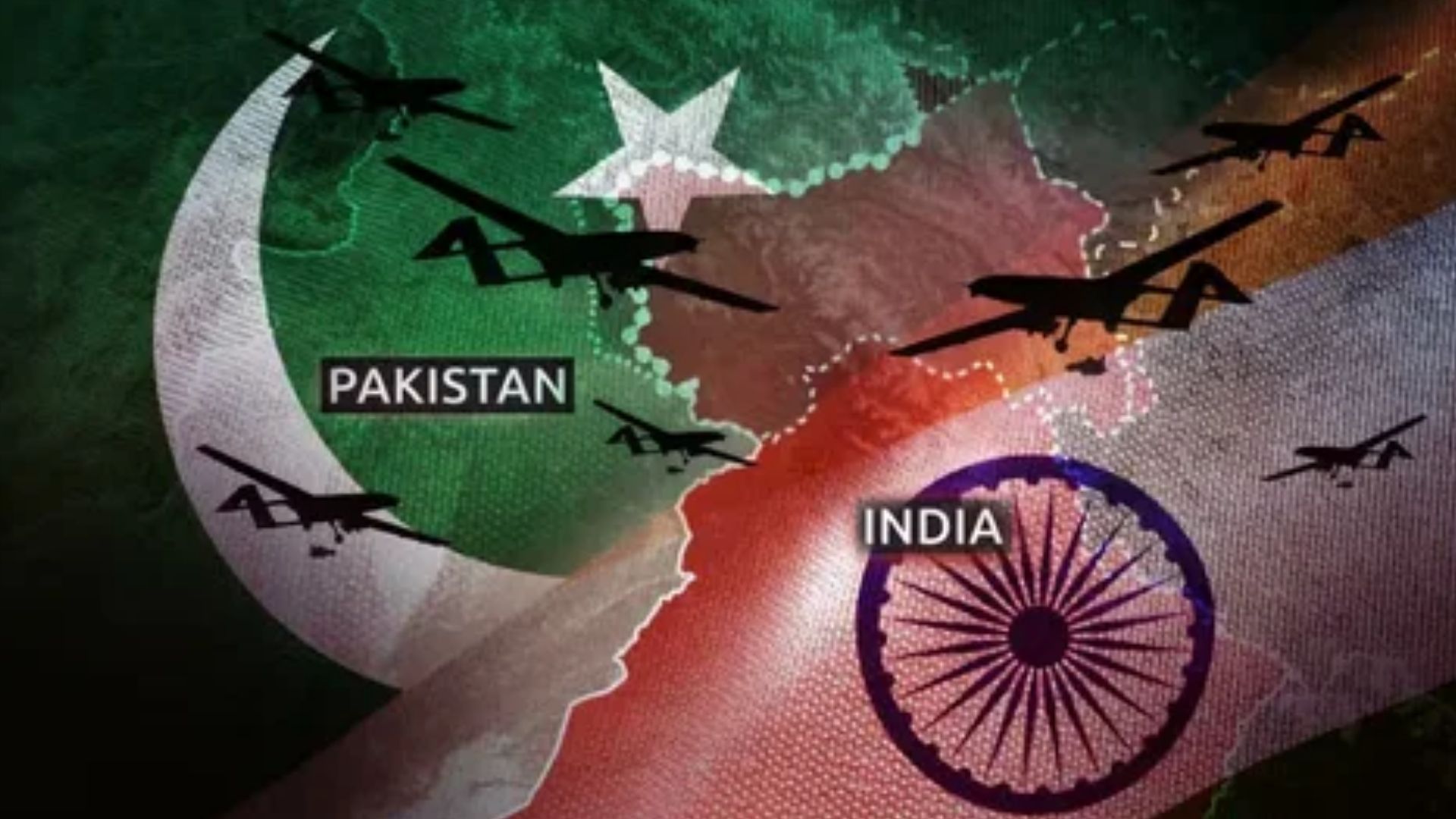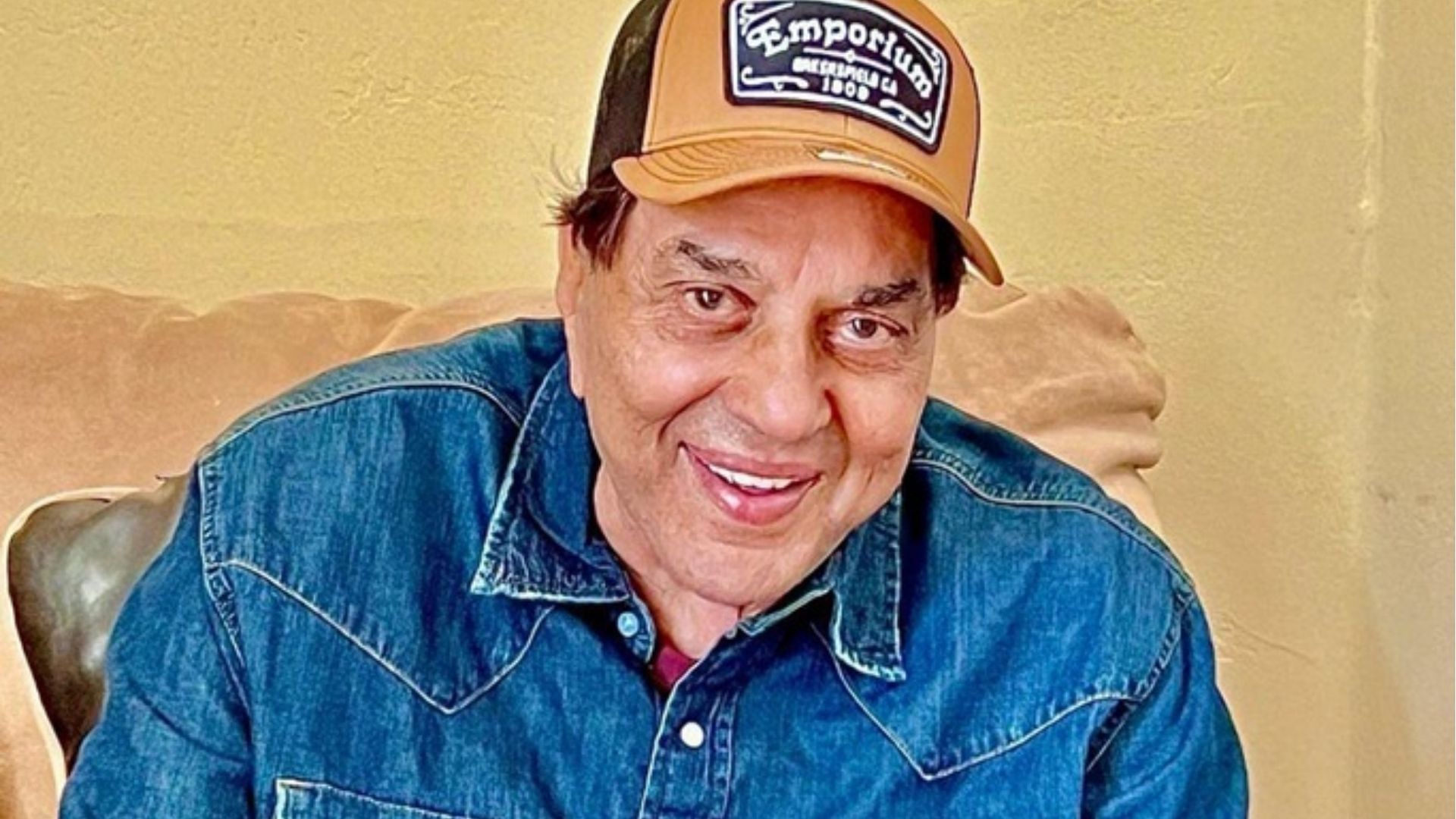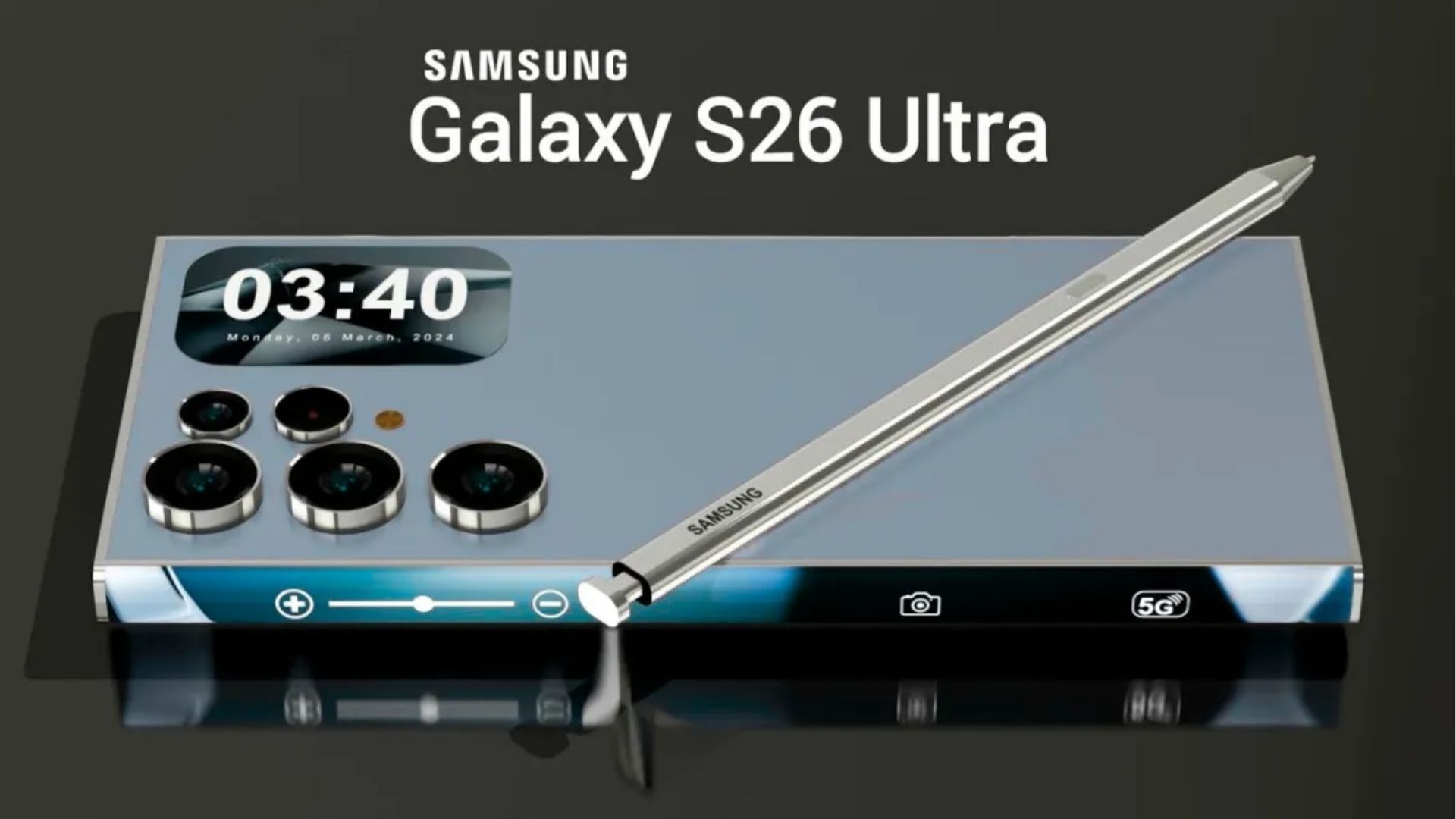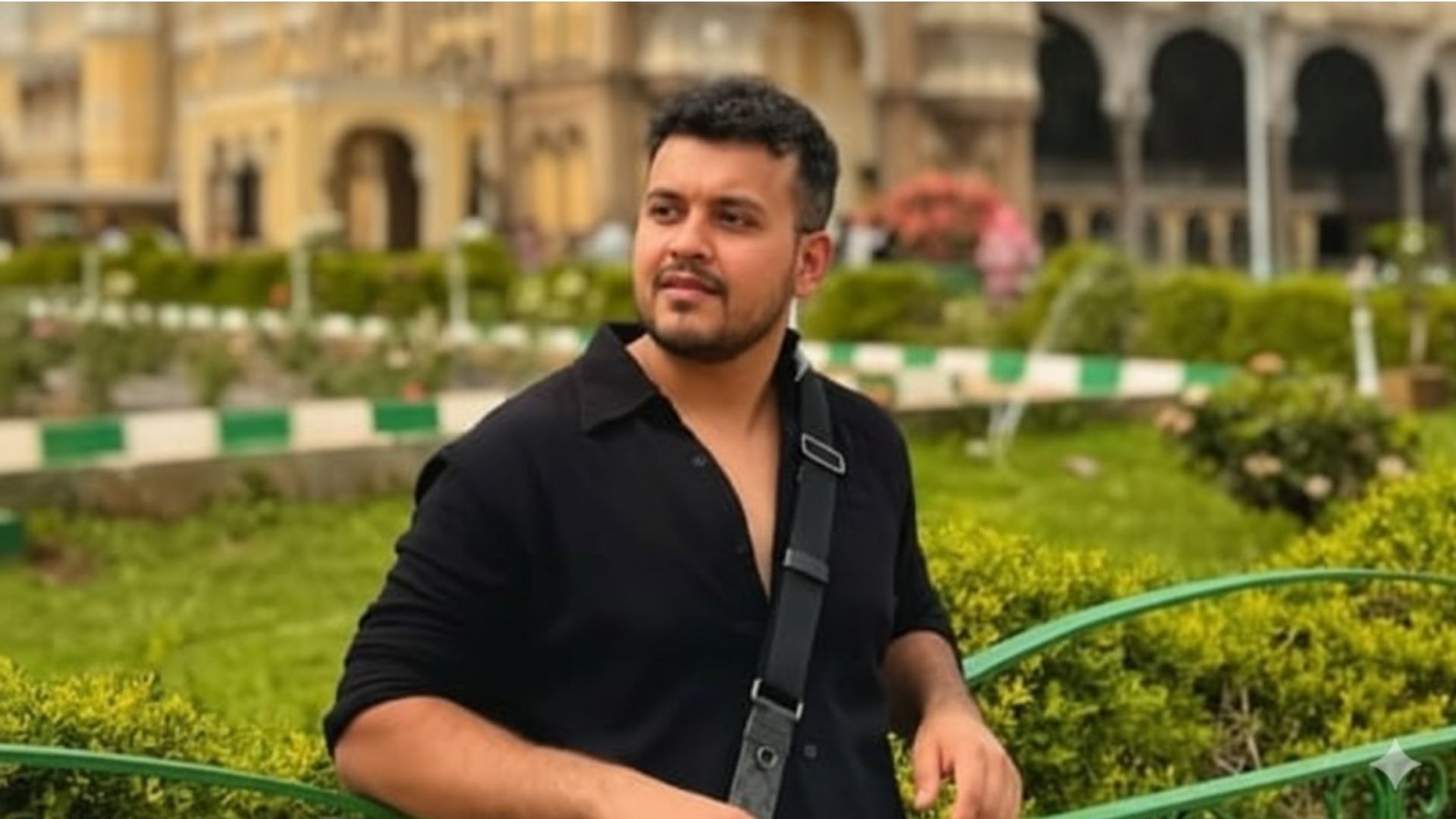In the vibrant and often intense world of Indian politics, the relationship between Prime Minister Narendra Modi and Shiv Sena (UBT) leader Narendra Modi Sanjay Raut stands as a compelling case study of alliance-dynamics, ideological confrontations, and regional versus national interests. This blog delves into how their interaction reflects broader trends, stresses and contradictions in Indian public life — and what it could mean going forward.
READ MORE : https://digitalmohit.co.in/category/news/
1. Setting the Stage: Who are they?
- Narendra Modi: The Prime Minister of India, a dominant national leader whose tenure has been marked by strong centralising tendencies, a focus on national security, development-oriented narratives, and assertive foreign policy.
- Sanjay Raut: A senior leader of the Shiv Sena (UBT) faction, Rajya Sabha MP from Maharashtra, known for his sharp commentary, regional assertiveness, and willingness to publicly challenge the central government when he deems fit.
Together, they symbolise the interface of national and regional political forces — with all the friction, cooperation, rivalry and theatricality that goes with it.
2. Early Acknowledgement and Alignment
There was a time when Raut publicly acknowledged Modi’s centrality. In June 2021, he said:
“The BJP owes its success to Narendra Modi … currently he is the top leader of the country and his party.”
This recognition served two purposes:
- It accepted the political reality of Modi’s national dominance.
- It also signalled that Raut, despite being a regional critic, was willing to give Modi credit — possibly as a strategic move to maintain relevance and influence.
3. The Shift: From Recognition to Critique
However, over time Raut’s tone changed significantly. Key moments illustrate this shift:
a) Critique on Corruption and Governance
Raut attacked Modi’s “zero-tolerance” claim on corruption, pointing to alleged corruption within the BJP and Modi’s association with business interests:
“PM Modi never does what he says … you are tolerating Adani and you talk about zero tolerance towards corruption.”
b) Commentary on Modi’s Travels and Engagements
Raut mocked the PM’s frequent foreign tours, suggesting he might as well have a “tour & travel ministry”:
“Modi is always on tour, he should have his own travel and tourism ministry…”
c) Provocative Language and Symbolism
Raut labelled an attempt to call Modi “Father of New India” as an insult — arguing that in modern India problems like hunger and unemployment persist.
He also strongly criticised a BJP-published book comparing Modi with the historic Maratha king Shivaji, calling it “insulting”.
4. Why This Shift Matters
The evolution from cautious acknowledgement to pointed critique has larger implications:
- Regional Assertion: Raut’s remarks reflect a regional leader asserting the autonomy of regional identity (especially Maharashtra) over a dominating national narrative.
- Fractured Alliances: It illuminates how alliances in Indian politics are often transactional and volatile; what seems alignment today may become opposition tomorrow.
- Public Messaging: Raut leverages public and media commentary to stay visible and relevant — particularly as the Shiv Sena (UBT) aims to carve an identity distinct from the national BJP narrative.
- National vs Local: Modi’s national projects versus Raut’s regional concerns generate tensions — e.g., when regional issues are seen as overshadowed by national agendas.
5. Areas of Conflict and Concern
Some of the key areas where Modi and Raut diverge:
- Governance Credibility: Raut challenges Modi’s claim of moral high ground, pointing to alleged contradictions.
- Regional Identity & Symbols: Comparisons of Modi with regional heroes like Shivaji become flashpoints of identity politics in Maharashtra.
- Succession and Leadership: Raut made the claim that the RSS might choose Modi’s successor, possibly from Maharashtra — a provocative take.
- Narrative Ownership: Who controls the story of “New India”? Under Modi this has a distinct national flavour; Raut emphasises regional concerns, equity, local identity.
6. Why It Resonates for Indian Politics
The public and media exchange between Modi and Raut is not just a personal feud — it reflects deeper structural questions about Indian democracy:
- The balance of power between centre and state.
- The role of regional parties in a landscape dominated increasingly by national parties.
- The tension between narrative-construction (what India should be) and ground realities (what India is).
- The media spectacle of political discourse, where quips and remarks often gain more traction than policy dialogues.
7. What Could Happen Next?
Looking ahead, some possibilities emerge:
- Continued Public Sparring: Raut is likely to maintain his vocal posture; Modi’s camp may escalate responses as the stakes rise (e.g., elections, regional contests).
- Strategic Alliances: Maharashtra remains politically fluid. Raut’s positioning could lead to alliances that challenge the BJP’s dominance in the state.
- Narrative Recalibration: Modi may shift his rhetoric to address regional discontent; Raut may amplify local grievances to strengthen his base.
- Succession Politics: If Raut’s claim about Modi’s eventual retirement holds any water, the dynamics around the next leadership in the BJP/India will matter — and Maharashtra could become a battleground.
8. Final Thoughts
The interplay between Narendra Modi and Sanjay Raut is a micro-cosm of contemporary Indian politics: bold leaders, rapidly shifting alliances, identity-charged rhetoric, and a public that watches, deciphers and reacts. For students of politics, it offers rich material:
- For the national leader: the challenge of balancing strong leadership with inclusive governance.
- For the regional leader: the art of leveraging critique, identity and media to stay relevant.
- For democracy: the reminder that political relationships are seldom static; rhetoric matters almost as much as policy.
















Leave a Reply